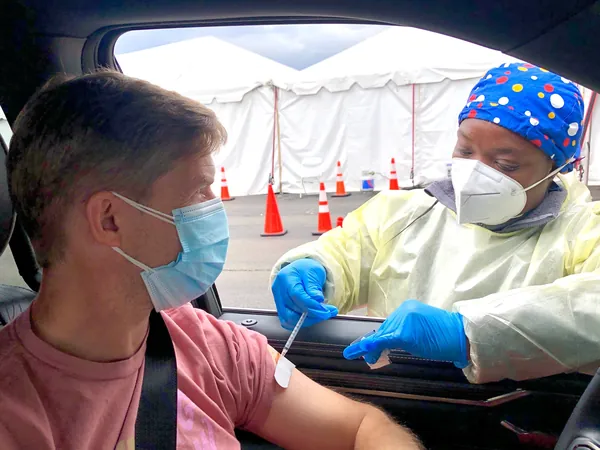
Unveiling the Key Reasons Behind COVID-19 Vaccination Completion Rates Across Health Care Centers
2024-10-02
Introduction
The worldwide rollout of the COVID-19 vaccine in December 2020 marked a turning point in the battle against the pandemic. By 2023, however, only 70% of the U.S. population had finished their primary vaccination series. While it's no secret that factors like race, socio-economic status, geography, and political beliefs have been connected to vaccination rates, the specific influence of health care delivery sites—especially community health care centers (CHCs)—has received less attention. CHCs play a vital role in providing essential services, including COVID-19 vaccinations, to low-income populations.
Research Overview
In a groundbreaking study featured in the American Journal of Public Health, researchers, including Dr. Rachel Gold from OCHIN, Inc., examined the multilevel factors affecting COVID-19 vaccination rates across a broad network of community health centers in the United States. Dr. Gold explained, “Our research aims to identify the healthcare and patient characteristics that significantly impact vaccination rates in populations served by CHCs. This knowledge could lead to tailored vaccination efforts in the future.”
Study Methodology
To conduct the study, the team analyzed electronic health records from OCHIN, a nonprofit dedicated to advancing health equity. They focused on various CHC-related factors, such as urban versus rural location, Medicaid expansion status, and patient volume. Additionally, they delved into individual patient details, including sex, race, income, and insurance status.
Results of the Analysis
The research also took into account the prevalence of comorbidities like diabetes and obesity. Patients were categorized as "new" or "established," depending on how many times they visited the CHCs before January 2021. A multi-level regression analysis was then carried out to determine how these elements contributed to the completion of the COVID-19 primary vaccination series.
The analysis included 1,219 health care delivery sites and 1,864,007 patients, revealing that by the end of 2022, 72% of patients from CHCs had received vaccinations. This rate was notably higher than the 69% completion rate reported for the general U.S. population at that time. Remarkably, 89% of new patients received the vaccine, in contrast to just 69% of established patients, indicating that many people sought care chiefly to access the COVID-19 vaccinations once they became available.
Key Findings
Dr. Gold pointed out, “The data suggests that a substantial number of new patients entered these centers specifically to receive the COVID-19 vaccine.




 Brasil (PT)
Brasil (PT)
 Canada (EN)
Canada (EN)
 Chile (ES)
Chile (ES)
 España (ES)
España (ES)
 France (FR)
France (FR)
 Hong Kong (EN)
Hong Kong (EN)
 Italia (IT)
Italia (IT)
 日本 (JA)
日本 (JA)
 Magyarország (HU)
Magyarország (HU)
 Norge (NO)
Norge (NO)
 Polska (PL)
Polska (PL)
 Schweiz (DE)
Schweiz (DE)
 Singapore (EN)
Singapore (EN)
 Sverige (SV)
Sverige (SV)
 Suomi (FI)
Suomi (FI)
 Türkiye (TR)
Türkiye (TR)